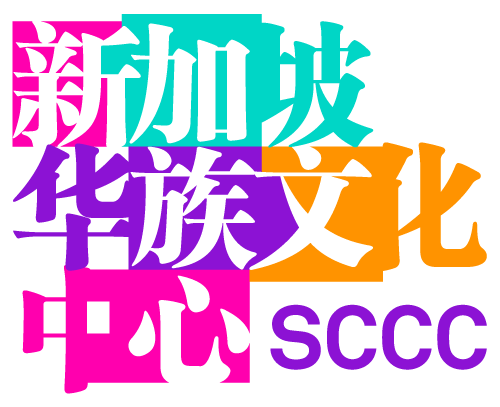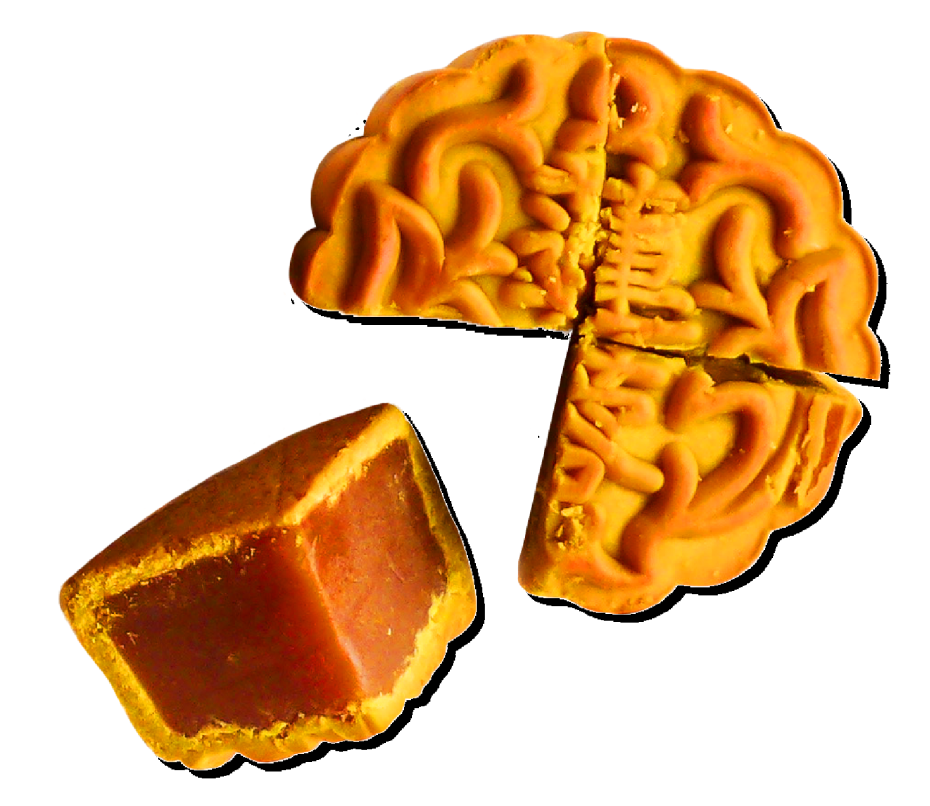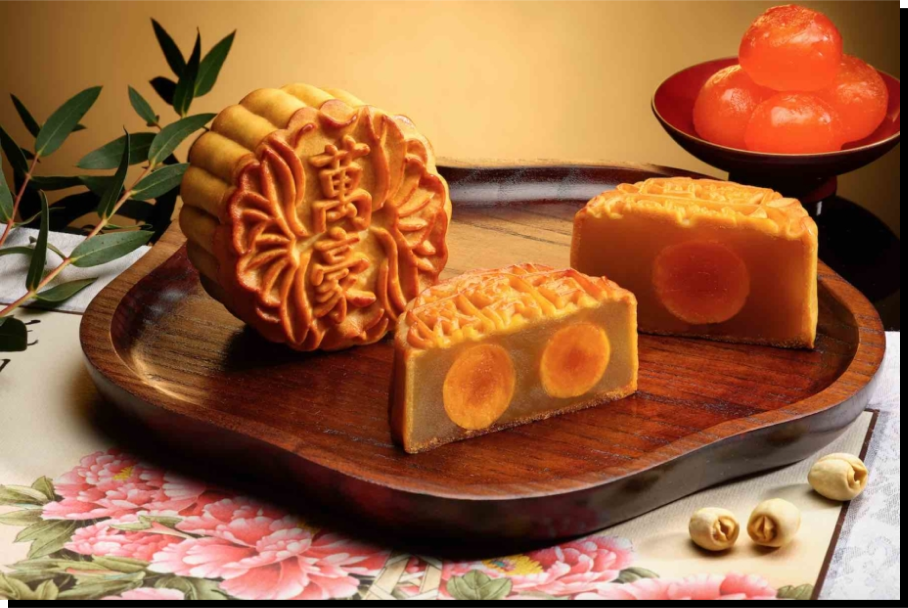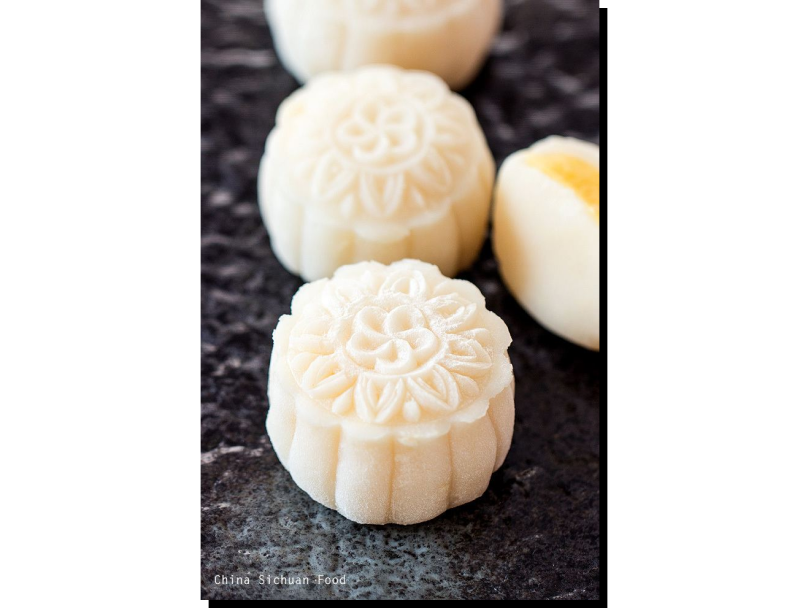Mooncakes
Eating mooncakes during the Mid-Autumn Festival signifies “reunion”. Mooncakes have a long history and it’s believed to be related to Zhu Yuanzhang’s overthrowing Mongol tyranny. Over time, mooncakes have taken on different looks and flavours in various places.
Similarly, mooncakes have changed in taste and appearance since our ancestors brought them to Singapore. Let’s take a look at the characteristics of mooncakes from the different dialect groups in Singapore!



















